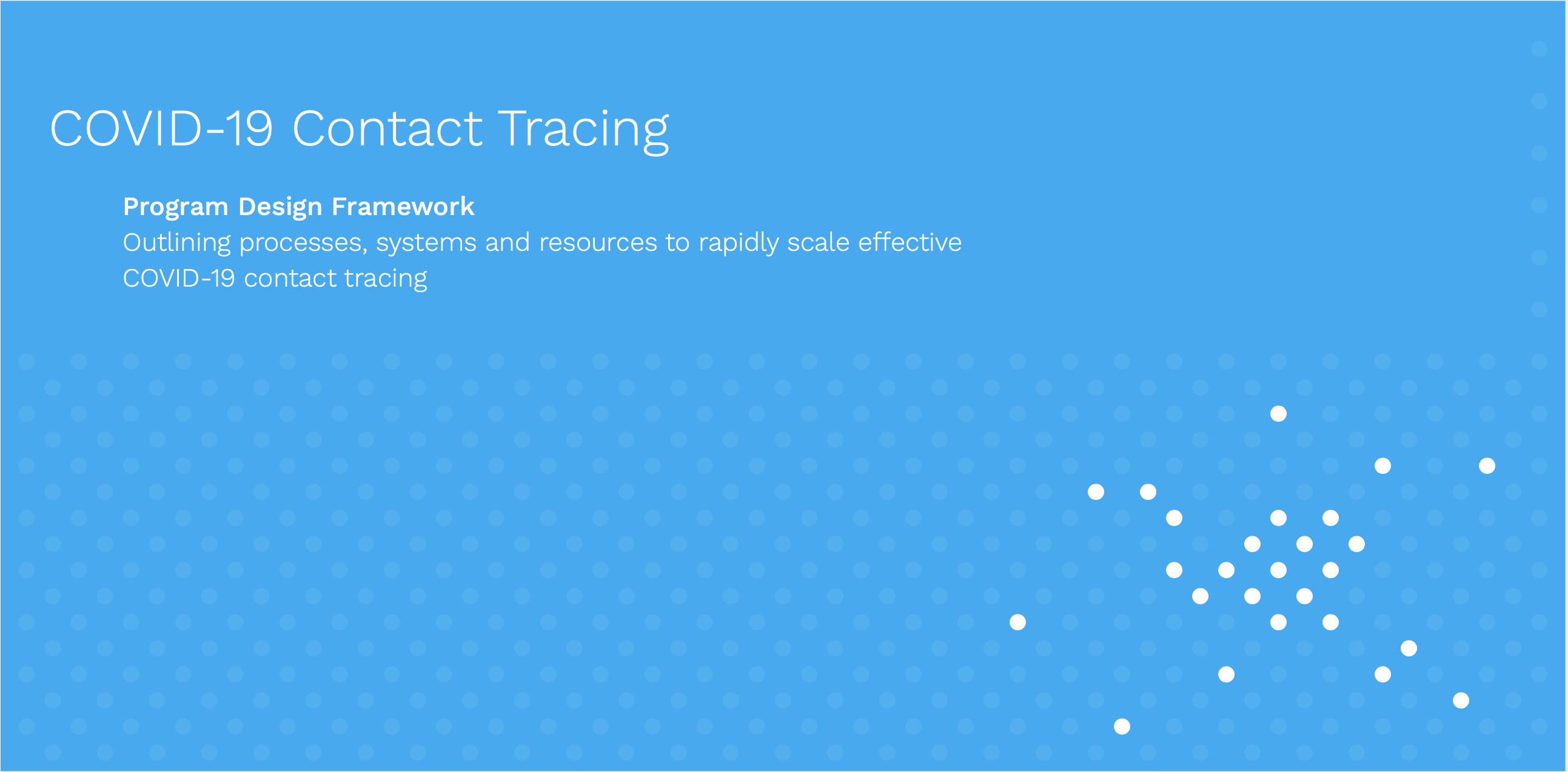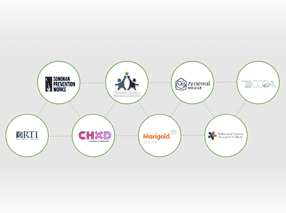In October of 2011, InSTEDD has been working on Baby Monitor, which is a collaborative project focused on improved prenatal and postpartum screening for mothers and infants in resource-poor environments. Baby Monitor is a tool we created using our interactive voice response technology application, Verboice, in order to bring clinical screening directly to women in the critical period before and after birth to detect complications and take action.
Earlier this year, I had the privilege of sitting down with Eric Green, the man who led the Baby Monitor project. Eric eloquently explained how the project began, how it works, what value is being created and what social impact we are striving to achieve.
INTERVIEW
Brooke Estin: What is Baby Monitor?
Eric Green: Baby Monitor is mobile phone screening application and it takes clinical screening directly to pregnant women and new mothers. Currently we are in the pilot stage, but ultimately this is going to be a service for women who are least likely to access any other form of care. Our focus is on women in remote and rural areas who are unlikely to have access to medical care.
Brooke Estin: Where did the idea from Baby Monitor come from?
Eric Green: We noticed that there are lot of great developers who are building applications to help community health workers and other medical providers to do their jobs better, which is a great thing. But we also know that there is a shortage of trained community health workers and particularly in remote areas, it is hard for these health workers to get out to the women who need health care.
So what we decided to do was develop an application that goes directly to women. We (InSTEDD and the Population Council) applied for the Saving Lives at Birth competition and we were selected as one of the 77 finalists out of around 600 applications. Targeting women as end users is what really what set our project apart from the beginning. We came to the development exchange event and gave our pitch and we were successful.
Brooke Estin: How does Baby Monitor work?
Eric Green: The idea is that women will receive phone calls from our Baby Monitor system on their basic mobile phones. Once the women accept an incoming call they hear prompts, recorded in their local language from the nurse, asking them how they are doing. All the women have to do is respond by pressing the keys. For example, the women might hear Baby Monitor ask them “Do you have a fever? Press 1 for yes, Press 3 for no.”
The screening goes through a series of prompts based on the woman’s response, just like it would happen in a doctor’s office. In a doctor’s office the doctor will ask you if you are feeling a certain way, and if you respond with yes then doctor is going to have certain follow up questions. The same concept applies to Baby Monitor. The keypad responses are stored in a database that sits in the cloud and the idea is that by analysing and seeing the responses, we can take action to help the women who have the highest need.
Brooke Estin: Why did you decide to partner with InSTEDD on this project?
Eric Green: Working with InSTEDD is a no brainer. The earliest pitch that I got was that they would help us develop a system that was interoperable. We wanted to be sure that everything we developed was open source, so that it could eventually be part of a larger system. We did not want any country or group to be locked into using our service and InSTEDD explained their development process and about how the goal was interoperability. For me that was the key. But then from there I learned all about the agile development process. We went through multiple stages of development before actually writing a piece of code. It was really great to have someone from InSTEDD come out to Kenya to work with us and do mock phone calls with the women. Through that process we learned immediately things that were not working. We worked for months on this design and then during the first mock call with the women we realized that some things were not going to work at all. So it was developing without a developer, which was really key. InSTEDD’s approach was a great use of resources and we learned a lot before actually kicking off the development.
Working with InSTEDD has been great from the start because they over deliver at every opportunity! Working with InSTEDD has been fantastic.
Here’s a short video showing how Baby Monitor was developed:
Baby Monitor: Meeting Women Where They Are from Baby Monitor on Vimeo.
Brooke Estin: What stage of development is Baby Monitor in?
Eric Green: Right now we are in the formative phase of our work, developing and testing the system. Our primary objective in the first round is to demonstrate that our screening is reliable, meaning that the women give the same responses over phone as they would in person with the nurse. We also need to make sure that the responses are valid and that our algorithm is actually detecting women in high need. The way we determine that is by comparing the response they give over phone to what they tell to the nurse and the nurse then makes the decision about who is in highest need.
Brooke Estin: What are the next steps for Baby Monitor?
Eric Green: The Population Council is working with InSTEDD to further the development of the interactive voice response application. We are testing these calls with 95 women who are in the prenatal period of their pregnancies. The following year, we will be starting impact testing where some women will receive the Baby Monitor calls and some don’t and we will be looking to see what the impact is on getting them into care sooner and more often.
Within this coming year, we will be testing our ability to act on the results of this algorithm that we are developing. Our goal is to develop a system where as soon as the women’s responses are evaluated we can send out alerts to the health care providers asking them to dispatch community health workers. We have also discussed other ideas such as tying the alerts into transportation schemes, such as moto drivers being alerted that a woman in their area is in need so they can either take the woman to receive care or take the community health worker to the woman in need. Really, the options are endless but our first step is to get the algorithm right.
Brooke Estin: What are some of the challenges you’ve encountered and how are you overcoming them?
Eric Green: Sometimes the women are confused by the service or hang up in the middle of the call. Our challenge is figuring out all the reasons why this happens so we can make the algorithm better and create a service that women are more likely to use. Our team is investigating every failed call to figure out what happened and why. For some women, they simply forgot to turn the phone on, other more interesting cases we found is that for some of the women, their husband wouldn’t let them accept the call because they weren’t sure what the incoming calls were about. Some husbands even disabled their phones. In these instances, we had to go with our community health workers back out to the home to explain the service and what we were doing so that the husbands would allow the women to accept the incoming calls. That is just one example of something that we did not anticipate but was revealed when we actually did the testing.
For more information about Baby Monitor, please follow the following links:
InSTEDD Website:
Videos:
Baby Monitor: Meeting Women Where They Are
Saving Lives at Birth: Baby Monitor — Connecting women and infants to care
Documents/PDFs:
What Is Baby Monitor – Overview
Blogs:
Baby Monitor + Ashoka Changemakers for Women in Tech
We Love Failure Blog – Creating Baby Monitor Using Verboice
We Love Failure Blog – Using the Echo Smartpen for Qualitative Research
Webpages:





